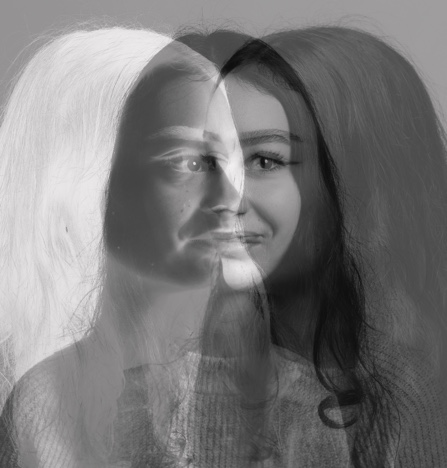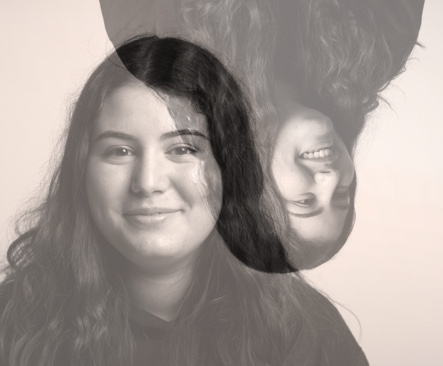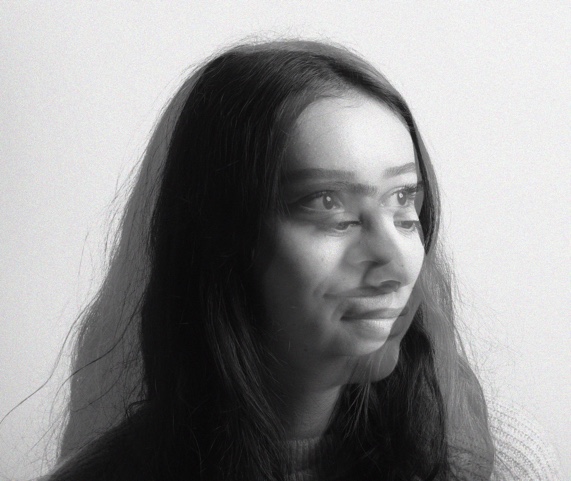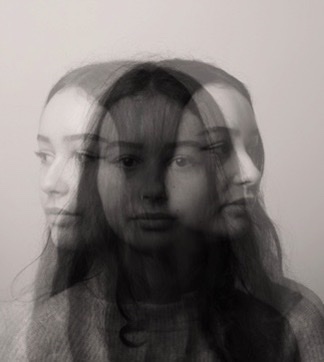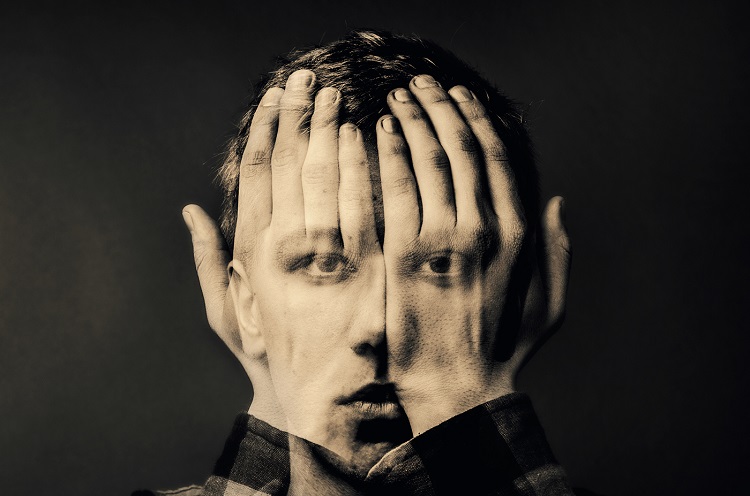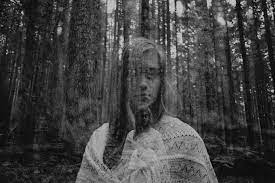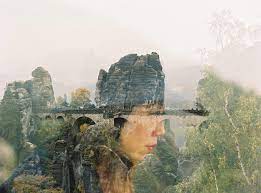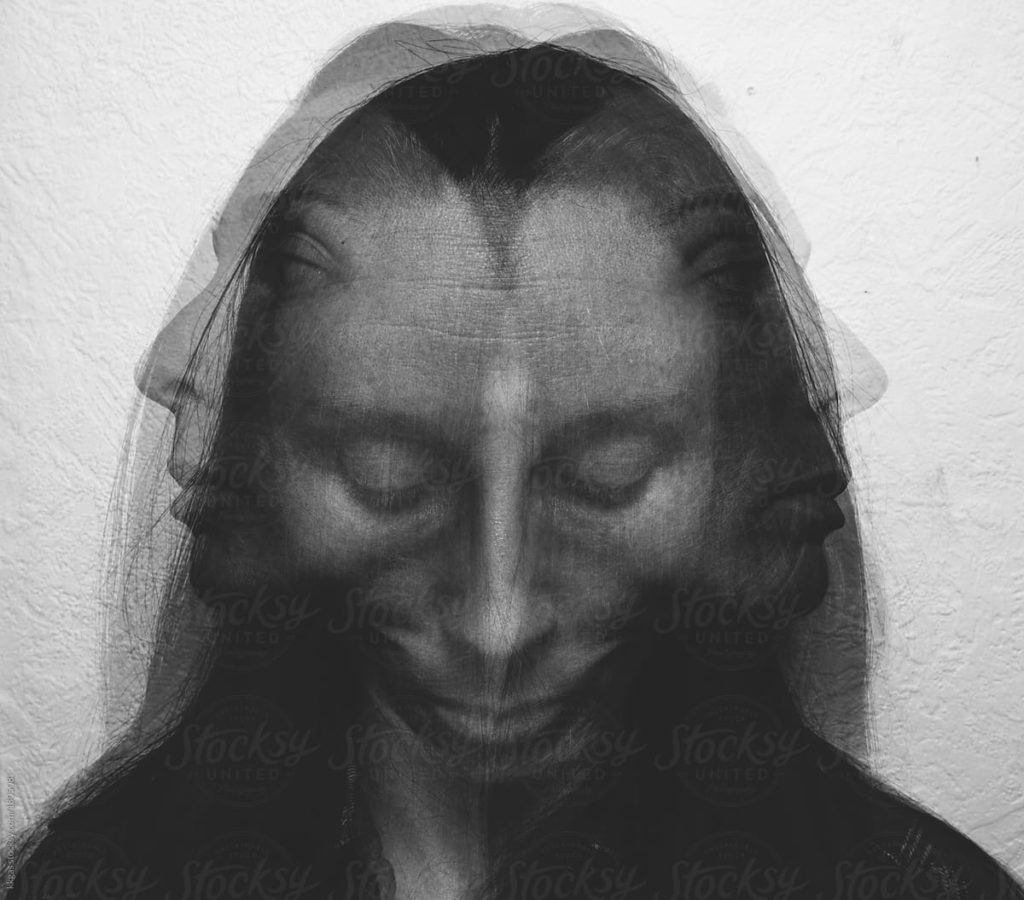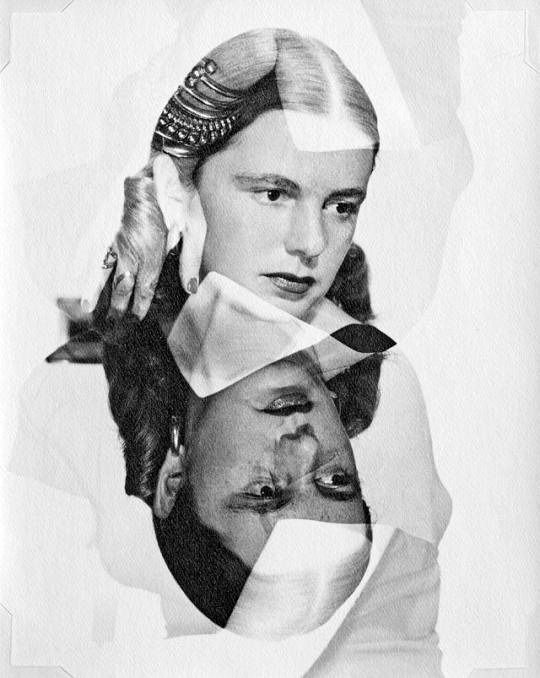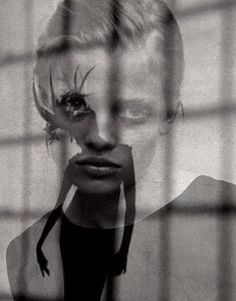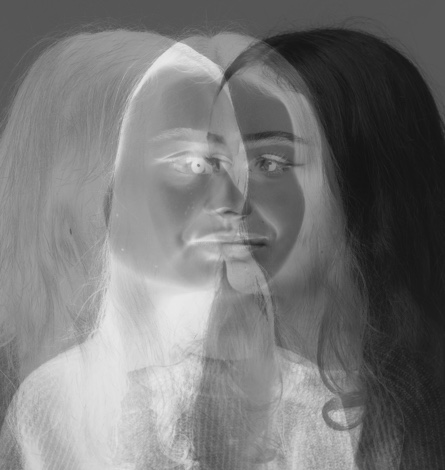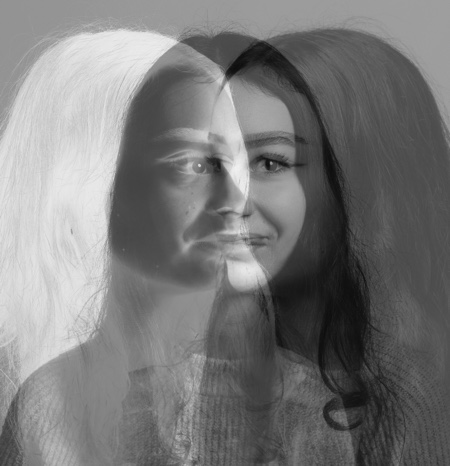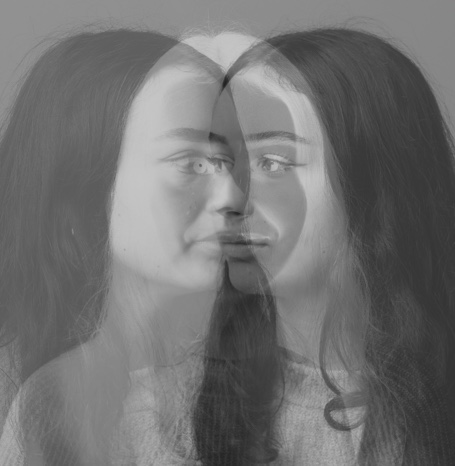Man Ray
Man Ray was a key figure of Dada and Surrealism, one of the few Americans associated with either movement. Born Emmanuel Radnitzky, the artist adopted his pseudonym in 1909 and—while he also worked across painting, sculpture, video, and printmaking—became renowned for his striking, sensual black-and-white photographs.
A number of his portraits—such as Larmes (Tears) (ca. 1932), which features a woman “crying” glass bead tears, and his pictures of Kiki de Montparnasse—are icons of 20th-century art. Man Ray also embraced technical experimentation; he used solarization and made Rayographs as he pushed the boundaries of avant-garde photography. At auction, his work has sold for seven figures, and his paintings have fetched particularly high prices. Man Ray is represented in the collections of such institutions as the Smithsonian American Art Museum and the Museum of Modern Art.
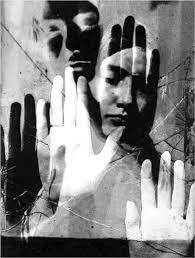
Man Ray’s work inspires me due to all the different ways that different shapes are created and highlighted when adding images on top of each other, adding perspective to the previous separate images. For example, the image above has a strong use of symmetry, which creates leading lines from each corner of the image, through the centre and across the hands. The high contrasted monochrome colour helps to show the focal points of the darker points of the image, such as the darker face to the left, as well as the face and hand next to it. Ray’s photomontages play with femininity and form as in his multiple exposure above – featuring Dora Maar, who was a French photographer.
My Experiments
